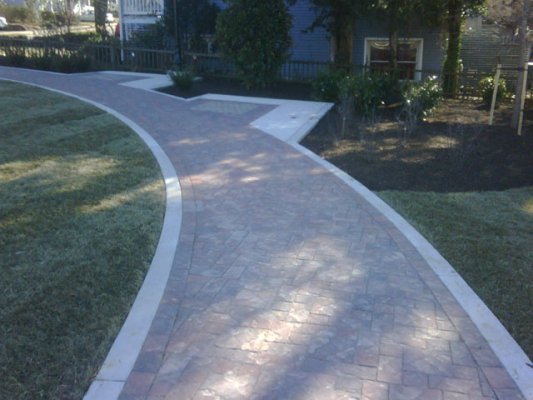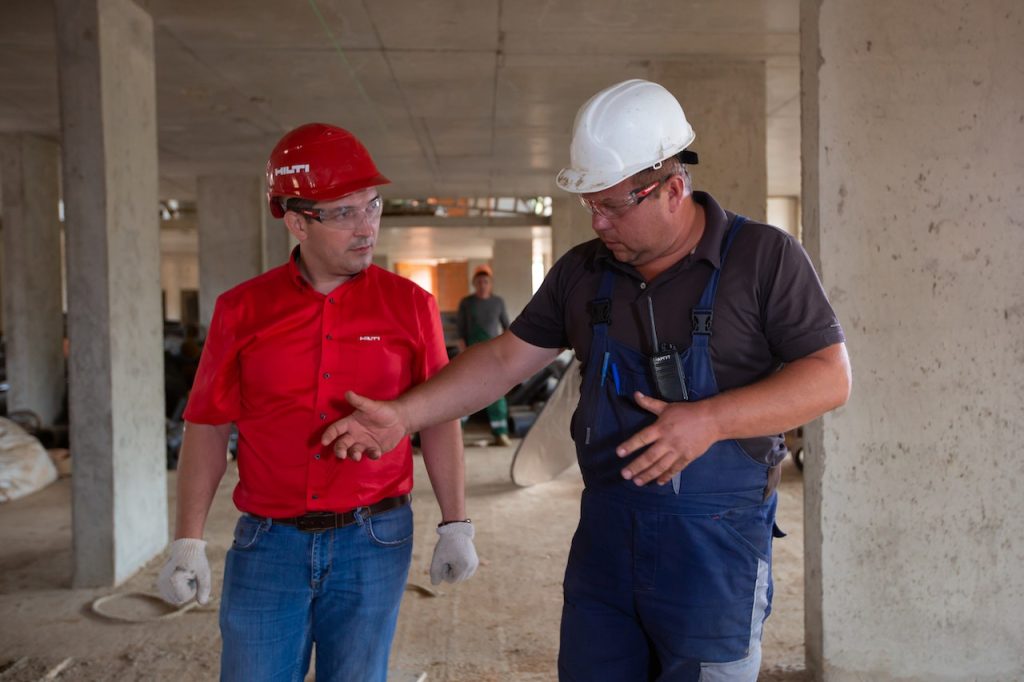Hardscape construction refers to the installation of non-living elements in a landscape. This includes features such as stone walkways, patios, retaining walls, and outdoor kitchens. Hardscape construction requires specialized skills, including knowledge of materials, construction techniques, and engineering principles.
What is Hardscape?
Hardscape refers to the inanimate, non-plant elements of a landscape. This can include rocks, boulders, bricks, pavers, concrete, wood, and metal. Hardscape elements are used to create structural features such as patios, walkways, retaining walls, outdoor kitchens, fire pits, water features, and more.
Benefits of Hardscaping
Hardscaping offers many benefits, including:
- Increased Property Value – Hardscaping can significantly increase the value of a property.
- Low Maintenance – Hardscaping requires very little maintenance compared to softscape elements.
- Durability – Hardscape features are built to last and can withstand the elements.
- Increased Usable Space – Hardscaping can create functional outdoor living spaces, increasing the usable space of a property.
- Aesthetic Appeal – Hardscaping can enhance the overall appearance of a property, creating a polished and professional look.
Hardscaping vs. Softscaping
Softscaping refers to the living elements of a landscape, such as plants, flowers, trees, and shrubs. While both hardscaping and softscaping are important components of landscaping, they serve different purposes.
Softscaping is often used to add color, texture, and dimension to a landscape. Hardscaping, on the other hand, is used to create functional outdoor living spaces and add structure to a property.
Practical Uses of Hardscaping
Hardscaping can be used in a variety of ways to enhance the functionality and aesthetics of a property. Some practical uses of hardscaping include:
- Patios – A well-designed patio can be used for entertaining, dining, relaxing, and more.
- Walkways – Walkways can create a clear path through a landscape, guiding visitors to different areas of a property.
- Retaining Walls – Retaining walls prevent erosion and create level planting areas on sloping properties.
- Water Features – Water features like fountains, ponds, and waterfalls can add a peaceful, calming element to a landscape.
- Outdoor Kitchens – Outdoor kitchens allow homeowners to cook, eat, and entertain outdoors.
In Conclusion
Hardscape construction is an essential component of landscaping that adds functionality and visual appeal to a property. Working with a professional landscaper ensures that hardscape features are both functional and visually appealing while meeting all necessary safety standards. Choosing high-quality materials for hardscape features also ensures that they are durable and long-lasting. Whether you’re looking to entertain guests, relax in a peaceful outdoor setting, or add structure to your landscape, hardscaping can help you achieve your goals.


